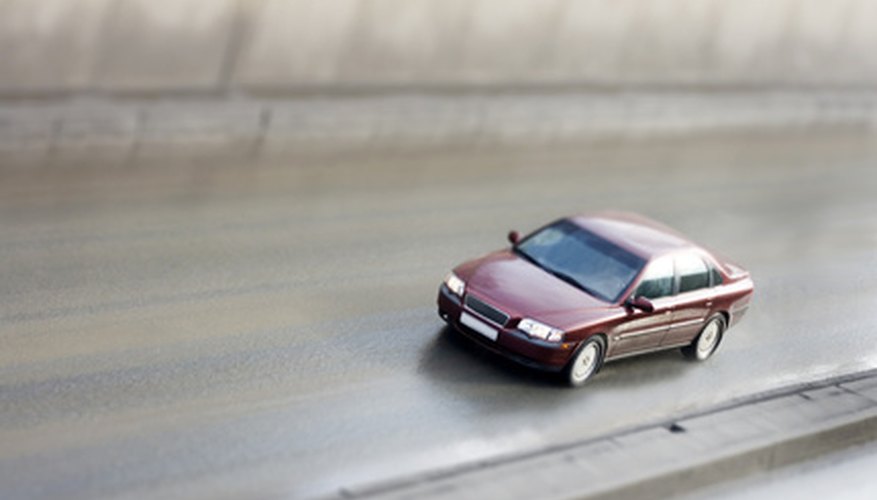Most vehicles have plastic trim on the exterior and interior. Plastic trim appears inside the passenger cabin around radios, surrounding the instrument panel, and on doors. On the exterior, plastic trim may be on the bumper area or the door panels. Exterior plastic trim is especially susceptible to scuff marks from bumping other cars while parking to errant shopping trolleys in a car park. Most scuff marks are easily removed with common cleaning agents and elbow grease.
- Most vehicles have plastic trim on the exterior and interior.
- Exterior plastic trim is especially susceptible to scuff marks from bumping other cars while parking to errant shopping trolleys in a car park.
Fill a bucket of lukewarm water and bring it out to the car. Wet the scuffed area with the water, using a rag.
Pour a 10-pence-sized amount of car-safe detergent, such as car shampoo, on the wet rag. Create suds by squeezing the rag several times.
- Pour a 10-pence-sized amount of car-safe detergent, such as car shampoo, on the wet rag.
- Create suds by squeezing the rag several times.
Wipe the scuff marks using hard force. Test whether you get better results with an up-and-down or circular motion. Cover your index finger with the soapy rag and scrape your fingernail over the scuff marks to remove stubborn areas.
Rinse off the area and check your progress. Repeat the steps several times if remnants of the scuff mark remain.
Rub with a Magic Eraser sponge, widely available at department stores and hardware shops, for scuffs that will not go away with soap and water. Wet the sponge in cold water and gently squeeze out excess water. Rub the scuff mark gently with the eraser until it disappears.
TIP
For very stubborn scuff marks, use a soft-bristled brush instead of the rag. Do not use a hard-bristled brush, which can scratch your plastic trim.
WARNING
Magic Erasers sometimes change a surface's colour. Test out the eraser on a non-conspicuous area first to ensure that it does not change your plastic trim's colour.
